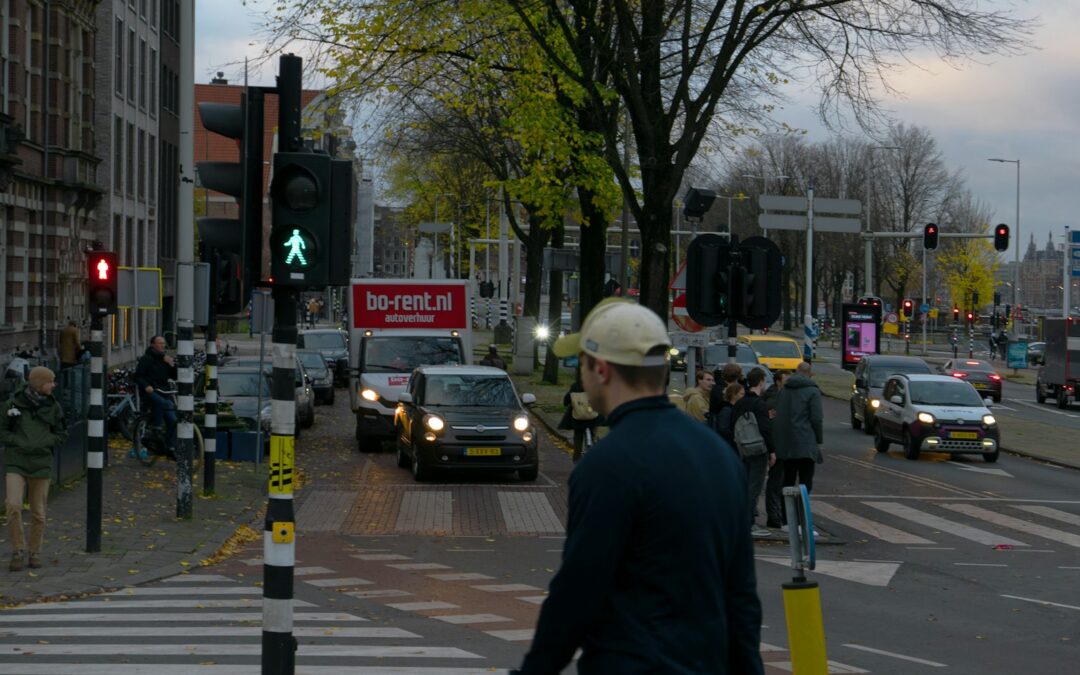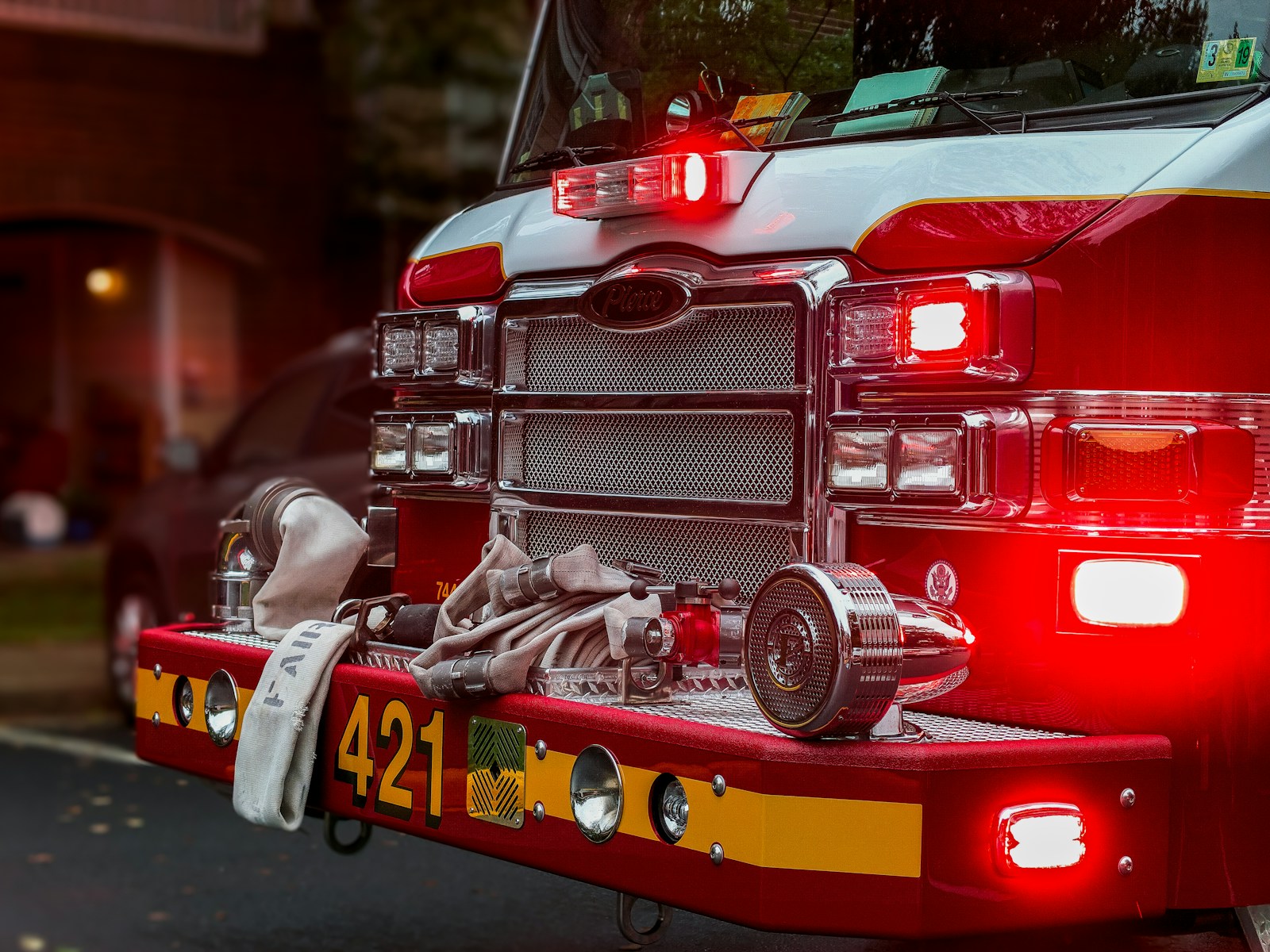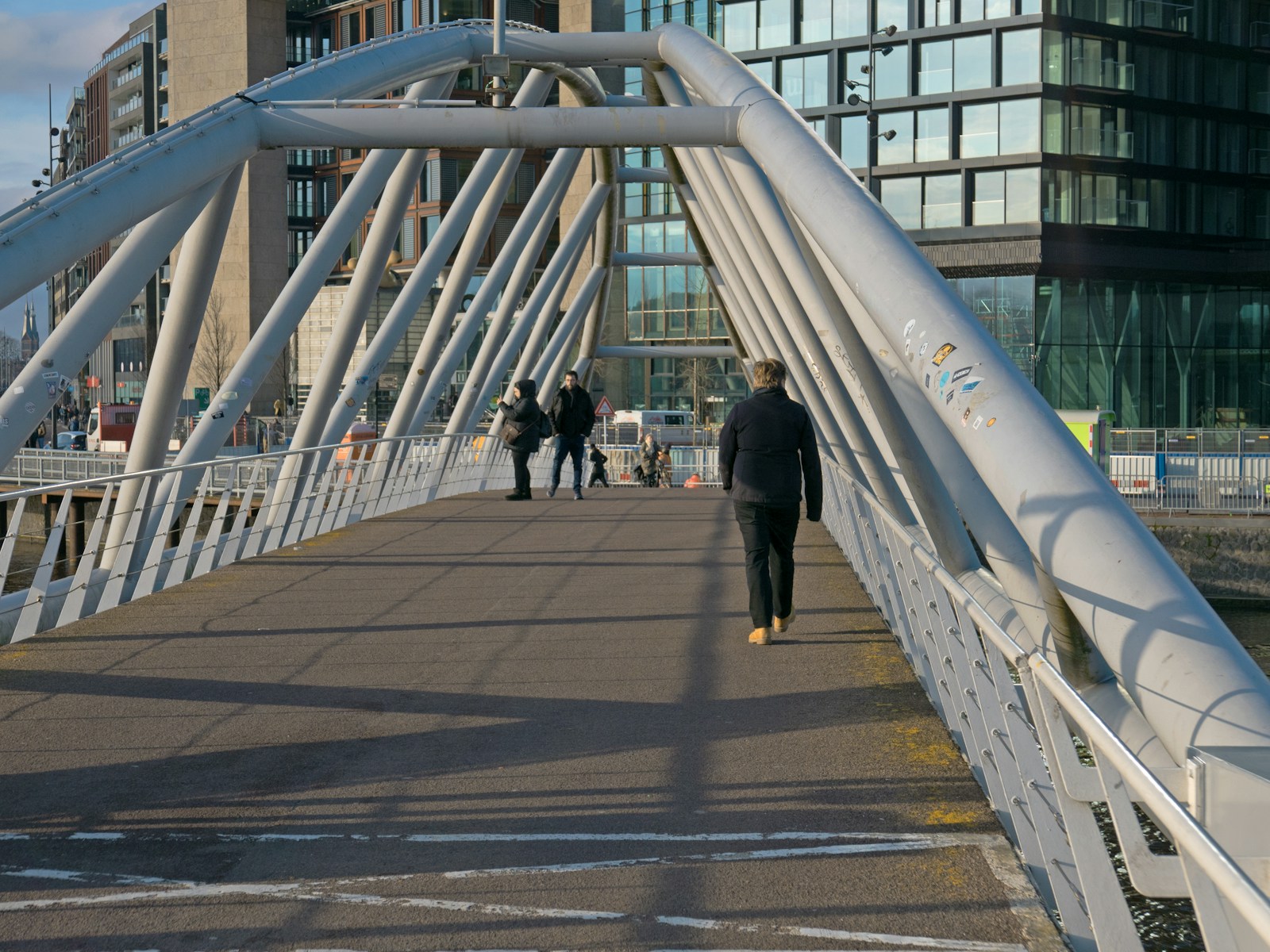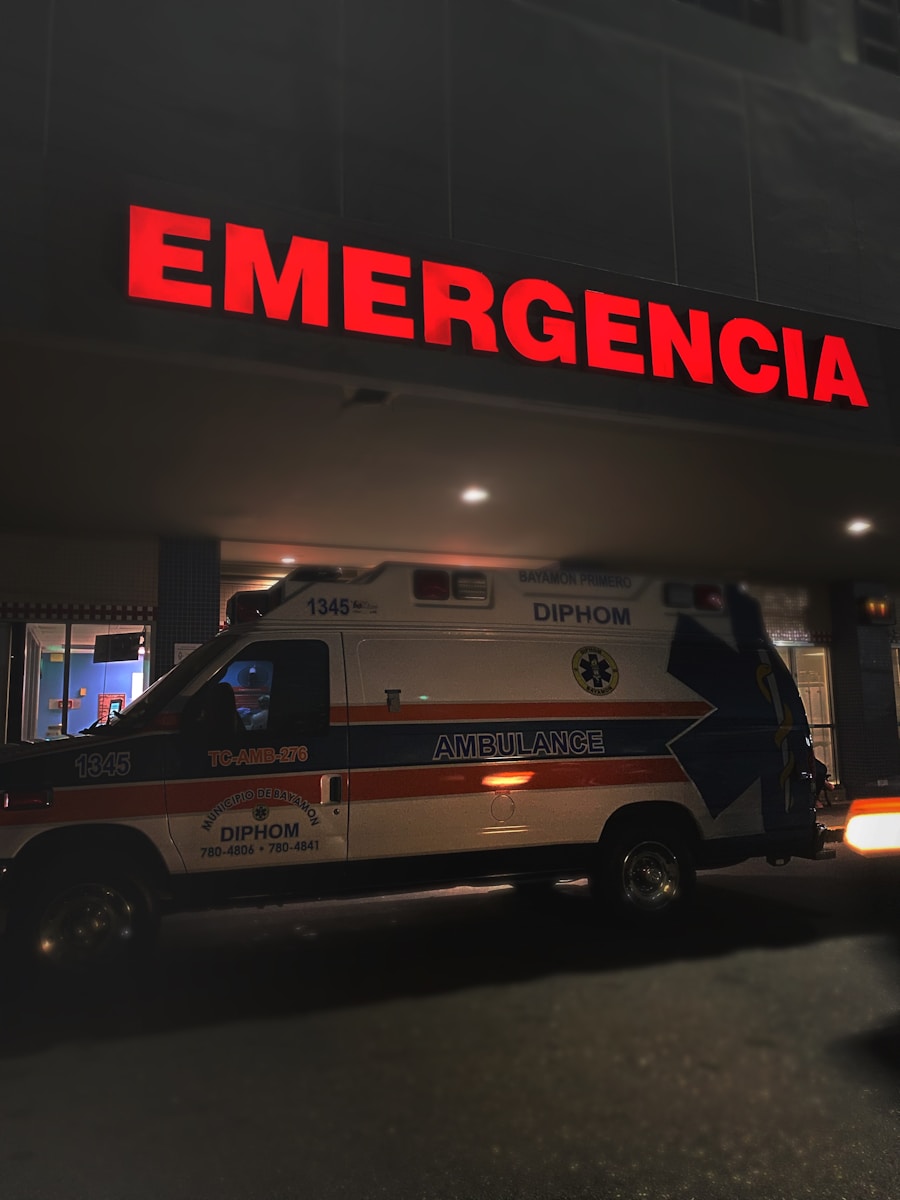How IoT is Revolutionizing Emergency Services in Modern Cities
Enhancing Emergency Response Efficiency with IoT Technologies
The implementation of IoT solutions for emergency response improvement has become a game-changer for transportation authorities and emergency services in Saudi Arabia and the UAE. As urban centers like Riyadh and Dubai continue to grow, the ability to respond swiftly and effectively to emergencies is critical for public safety and operational efficiency. IoT technologies, with their ability to collect, analyze, and act on data in real time, offer innovative solutions that can drastically reduce emergency response times, saving lives and resources.
One of the key ways IoT improves emergency response is through real-time monitoring and data collection. IoT-enabled sensors and devices, strategically placed across city infrastructure, continuously gather data on traffic flow, weather conditions, and public safety incidents. This data is then processed and analyzed by AI algorithms to identify potential emergencies, predict risks, and optimize response strategies. For example, in Riyadh, IoT sensors on highways can detect traffic accidents in real time, allowing authorities to quickly deploy emergency services and reroute traffic to prevent further congestion. This immediate flow of information helps reduce response times and enhances the overall efficiency of emergency operations.
Moreover, IoT solutions facilitate seamless communication between various emergency response units, including police, fire, and medical services. By integrating IoT systems into their communication networks, these units can share real-time information, coordinate their actions more effectively, and make data-driven decisions. In Dubai, for instance, smart city initiatives leverage IoT to connect emergency vehicles with traffic management systems, enabling ambulances to navigate through busy streets with priority access. This level of coordination ensures that emergency services arrive at the scene faster, reducing the time it takes to provide critical care.
Optimizing Resource Allocation with IoT-Driven Insights
Another significant benefit of IoT solutions for emergency response improvement is the ability to optimize resource allocation based on real-time data insights. IoT technologies can provide a comprehensive view of available resources, such as the location and status of emergency vehicles, hospital capacity, and the availability of first responders. This information allows authorities to deploy resources more efficiently, ensuring that the right personnel and equipment are dispatched to the right location at the right time.
For transportation authorities in Saudi Arabia and the UAE, optimizing resource allocation is particularly important given the rapid urban expansion and the increasing complexity of city infrastructure. IoT solutions can help predict where emergencies are likely to occur by analyzing historical data and identifying patterns, such as accident-prone intersections or areas with high rates of medical emergencies. By anticipating these incidents, authorities can strategically position emergency vehicles and personnel, reducing response times and improving overall service delivery.
Additionally, IoT-driven insights enable predictive maintenance of critical emergency response infrastructure, such as traffic lights, surveillance cameras, and communication networks. By monitoring the health and performance of these systems, IoT can alert authorities to potential failures before they occur, ensuring that all components of the emergency response network are fully operational when needed. In dynamic urban environments like Dubai, where infrastructure reliability is key to effective emergency management, predictive maintenance supported by IoT can make a significant difference in response capabilities.
Maximizing the Impact of IoT in Emergency Response Systems
Strategic Deployment of IoT for Enhanced Emergency Response
To fully leverage the benefits of IoT solutions for emergency response improvement, transportation authorities must adopt a strategic approach that integrates IoT technologies into their broader urban management frameworks. This involves selecting the right IoT solutions that align with specific emergency response needs, whether it’s real-time traffic monitoring, automated alerts, or advanced data analytics. For cities like Riyadh and Dubai, where the focus is on becoming smart city leaders, implementing IoT in emergency response systems is a critical step toward achieving their goals of safety, efficiency, and resilience.
One effective strategy is to invest in scalable IoT platforms that can accommodate the growing needs of urban centers. As cities expand and the demand for emergency services increases, having an IoT infrastructure that can scale to meet these challenges is essential. This includes deploying cloud-based IoT platforms that offer flexibility, data storage, and advanced analytics capabilities. By ensuring that their IoT systems are built to scale, authorities in Saudi Arabia and the UAE can future-proof their emergency response networks against evolving urban demands.
Furthermore, collaboration with private sector partners and technology providers is key to the successful implementation of IoT in emergency response. By working with experts in IoT, AI, and data analytics, transportation authorities can access the latest innovations and best practices, ensuring that their IoT deployments are both effective and sustainable. In Dubai, for example, partnerships between government agencies and tech companies have been instrumental in developing smart city solutions that enhance public safety. Through collaboration, cities can harness the full potential of IoT to transform their emergency response systems.
Conclusion: Embracing IoT for a Safer and More Resilient Future
The adoption of IoT solutions for emergency response improvement represents a significant advancement for transportation authorities and emergency services in Saudi Arabia and the UAE. By leveraging IoT technologies to enhance real-time monitoring, optimize resource allocation, and improve communication, cities like Riyadh and Dubai can ensure that they are better prepared to handle emergencies swiftly and efficiently. As urbanization continues to accelerate, integrating IoT into emergency response systems will be essential for building safer, more resilient cities. Through strategic planning, investment in scalable technologies, and collaboration with industry partners, authorities can maximize the impact of IoT and set a new standard for emergency response in the digital age.
—
#IoTEmergencyResponse #SmartCitySolutions #DigitalTransformation #SaudiArabia #UAE #Riyadh #Dubai #BusinessSuccess #ModernTechnology #EmergencyServices #IoTSolutions










